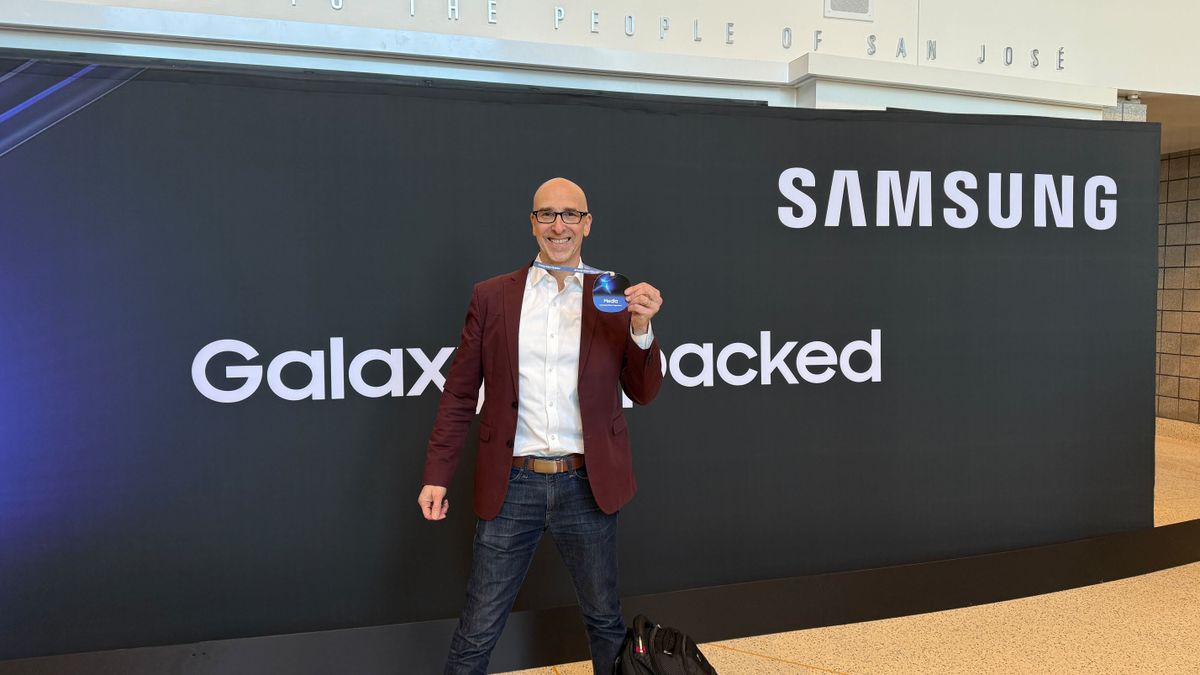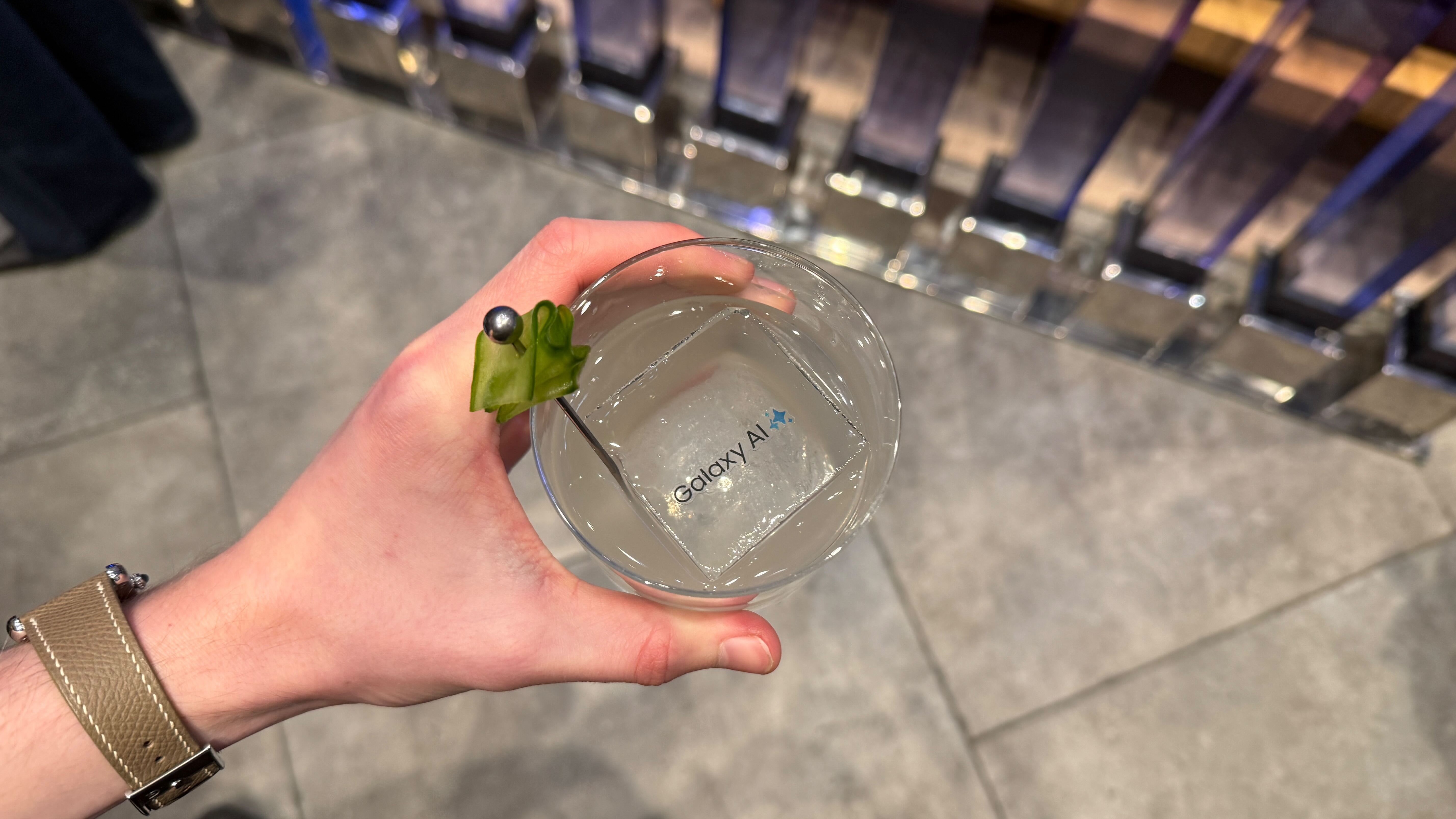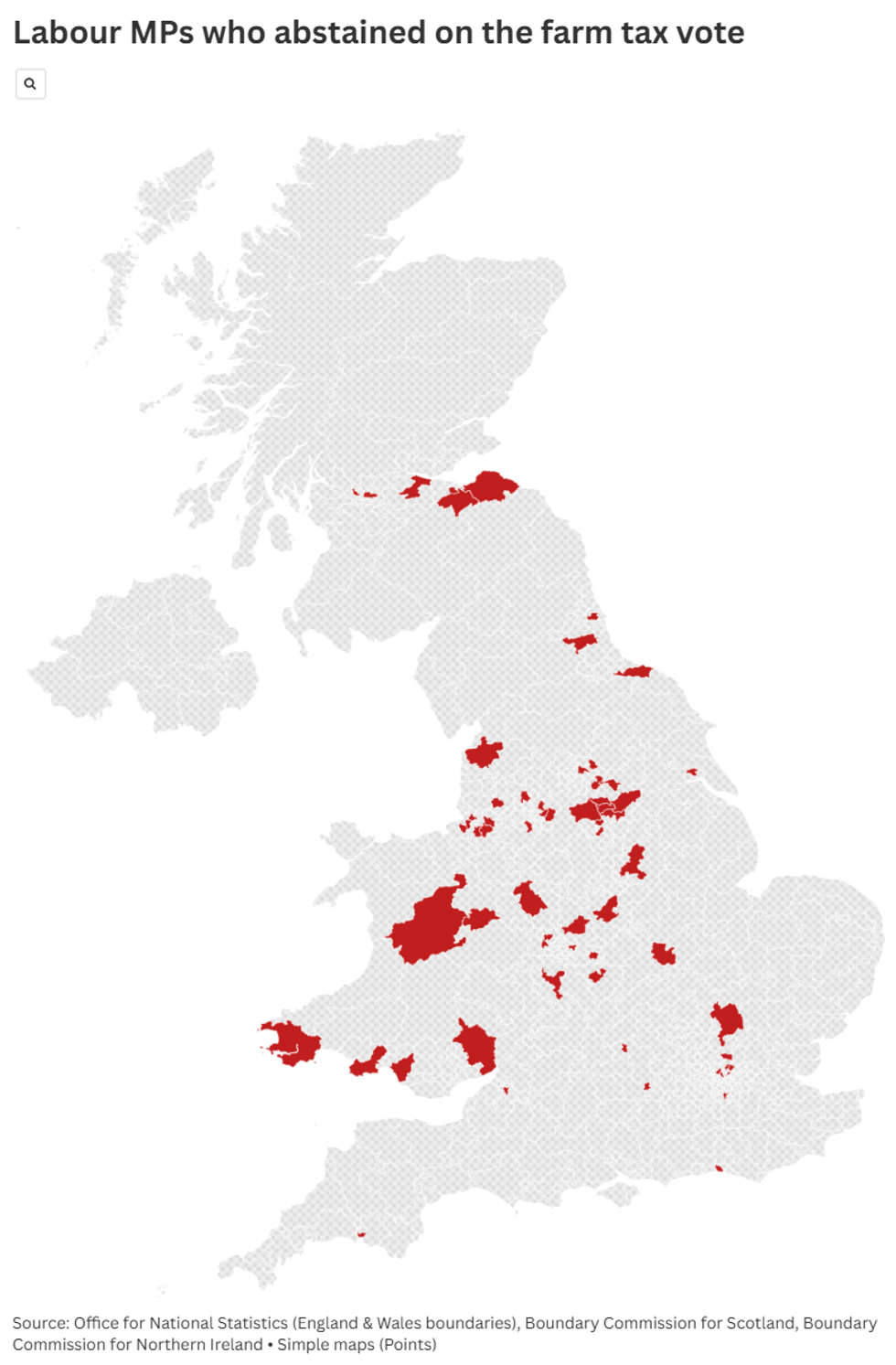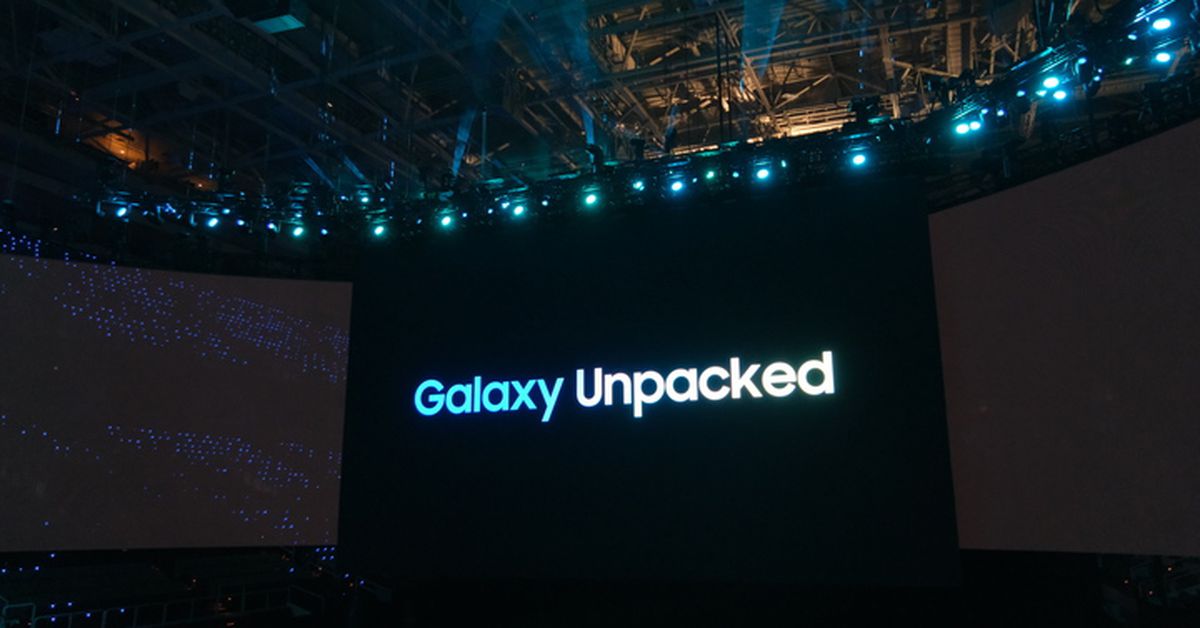Even the anti-Donald Trump graffiti on the streets of West Hollywood is scarce and halfhearted now. Eight years ago, California was the “resistance” state. It is a different mood that a visitor encounters in 2025: resignation, boredom with the subject, a we-had-it-coming attitude among thoughtful Democrats and, at times, something approaching curiosity about the economic potential of America under a deregulating president.
A great liberal shrug is going on. It has been happening around the world since Trump clinched his win in November, and it is natural. You can’t be angry all the time. In the autocracies of 20th-century Europe, people of dissenting conscience often made what was known as an “inner migration”. That is, rather than flee or fight, they withdrew into private life as the political realm darkened around them. To detach like this is clever, not weak.
Just don’t overdo it, that’s all. I sense that liberals have allowed a healthy acceptance of electoral reality to cross into a hope that Trump’s second term won’t be so bad. Please.
Three things softened the impact of Trump last time. None of them applies now. First, he craved re-election. This made him willing to provoke the median voter to a certain point, but no farther. (The speed with which he disowned the faintly theocratic Project 2025 last summer showed how much this supposed hothead seeks to avoid needless unpopularity.) Unless something happens to the 22nd Amendment, Trump is now liberated from the innate discipline of electoral politics. Even the midterms mean little, as the race to succeed him will begin straight after. Second-term presidents have two years.
What else? His first administration was peopled with enough old-fashioned Republicans — Gary Cohn, Rex Tillerson — to curb his excesses. He is now spoilt for officials and cabinet secretaries who are in the Maga mould. Tulsi Gabbard could be at the helm of US intelligence soon. There is nothing Stoic or urbane in brushing that off.
Above all, the world in 2017 was stable enough to absorb a certain amount of chaos. Inflation was low and Europe at peace. The last major pandemic in the west was a century in the past. It is into much frailer webbing that Trump will hurl his tariffs and foreign escapades this time.
We could go on in this vein, citing practical and contingent reasons to worry. We could mention the federal judiciary, which is more Trump-tinged now than it was when he first took office. Will it constrain him? We could also mention that he will be 82 when he stands down. Last time, he had to think about the legal exposure, earning potential and social reputation he would have in his post-presidential life. Will that be such a factor now?
In the end, however, my argument — and a lot of political commentary — comes down to instinct. There is a hubris in Maga-world right now that just wasn’t there in 2017, in part because Trump hadn’t won the popular vote. Talk of much higher economic growth, territorial conquest, putting a US flag on Mars: if this doesn’t reek to you of pride before a fall, of imminent over-reach, then we just have different antennas. (And I hope mine is wrong.) In all democracies, a party is never more dangerous than when high on fresh electoral success. The difference with the US is the size of the stakes for the outside world. Think of George W Bush after his historically good midterms in 2002, or Lyndon Johnson’s escalation in Vietnam after 1964, when his vote pile could be seen from space.
Yes, a war of choice is improbable under Trump. (Though events can push leaders into uncharacteristic actions. Remember, the perception of Bush before September 11 was that he was a do-nothing isolationist.) More likely, a tariff spree will set off an uncontrollable world response, or the economy will be run too hot, or the constitution will creak to breaking point as Trump seeks to reward friends and hound enemies. At the least, there will be internal recriminations when it becomes clear that public debt, urban squalor and America’s other issues aren’t amenable to a techno-libertarian fix.
Whatever the precise form of the coming chaos, the relative lack of worry about it is what stands out from eight years ago. The liberal line in 2025 seems to go something like this: we overdid the panic about Trump last time, so let’s not repeat the mistake. Neither half of this proposition survives the slightest intellectual audit. The panic was borne out, unless the two impeachments — one for seeking to overturn an election result — somehow don’t count. Also, even if the first term wasn’t so bad, why assume the second will be just the same? Trump and his movement are much more serious entities now. His inaugural speech this week was formidable in vision and expression.
None of this means that people who dislike Trump should take the man’s advice to “fight, fight, fight”. Protest and activism have been dead-ends for the Democrats. But if smugness was bad, so is cringing self-doubt. The lesson of the 2024 election for liberals was, or should have been, narrow: stop choosing useless candidates. This has somehow grown into a broader crisis of confidence about whether their underlying assessment of Trump as a menace was ever right. Being vindicated over the coming years is going to be no fun at all.


























 Farage attending the farm protestGetty
Farage attending the farm protestGetty
















You must be logged in to post a comment Login